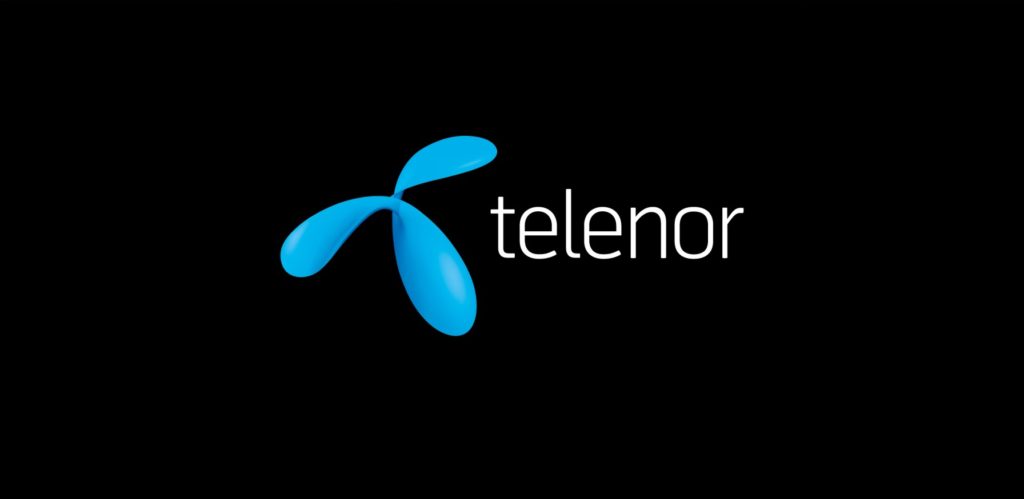Telenor ASA is one of the biggest mobile telecommunications firms in the world, with activities around the world but mostly in Scandinavia and Asia. It has 10-year-old research and business line for Machine-to-Machine technology, as well as vast broadband and TV distribution activities in four Nordic countries. Telenor manages and operates networks in nine countries.
Telenor, The Telephone Company
Telenor began as Telegrafverket, a state-owned monopoly provider of telegraph services, in 1855. Televerket started by linking Christiania (now Oslo) to Sweden, as well as Christiania and Drammen.
In 1878, the first telephone service in Norway was established between Arendal and Tvedestrand, and in 1893, the first international telephone service was established between Christiania and Stockholm. The telephone system was automated beginning in 1920 and completed in 1985.

Always Moving Forward with Telenor
In the Nordic countries, Telenor provides a wide range of telecommunication networks, including mobile and fixed telephony, Internet connectivity, and cable TV access and video. Facing competition from Telia and others, Telenor remains Norway’s largest player. The company has a significant presence in the Scandinavian broadband and television industry, both in terms of subscribers and service area. With operations in five Asian countries, Telenor is a major player in the region.
Telenor’s Asian business currently comprises around 1.2 billion people, of which around 150 million are Telenor subscribers. Less than 20 percent of them are active mobile data users. The company’s ‘Internet for All’ strategy aims to capitalize on this important revenue and growth potential in a region with low penetration of the fixed network and the decline in the prices of devices.
The company’s Asian markets have seen unprecedented growth and demand for mobile data over the past two years. The number of mobile broadband connections in the Asia-Pacific region is expected to double to 2.1 billion in 2017. Telenor Group is strategically managing the voice-to-data transition, focusing on delivering innovative telecommunications and digital services based on the real needs of people in their markets.
Thailand and Malaysia are currently leading Telenor’s growth in the region. 32% and 37% of customers, respectively, are active mobile data users. However, the pace is accelerating in all Asian companies. In Bangladesh, 5.2 million are currently active data users, or 11 percent, while Uninor in India and Telenor Pakistan have 4.7 million and 5.3 million active users, or 15 percent, respectively.
Working for the Crowd
In order to achieve a profitable expansion of the mobile Internet, the Telenor Group has identified four key elements: building efficient, faster, and more intelligent networks, right prices and packages, increasing device quality, and using digital services and partnerships for a quick introduction.
To promote usage and meet customer needs, Telenor works with social media and entertainment players like Facebook, Wikipedia, and WhatsApp, targeting other digital offerings, including financial services, access to knowledge, and affordable and accessible health services.
The CEO: Sigve Brekke
On December 15, 1959, Sigve Brekke was born. He is the President and CEO of Telenor Group, a multinational telecommunications firm with operations in 13 Nordic, European, and Asian countries.
He was formerly the EVP and Head of Region Asia. He has played a key role in expanding Telenor’s presence in the area. He has been a key driver and shaper in transforming Telenor into a leading power in key Asian markets since helping to set the initial trajectory in 1999.
He began his career with Telenor as an analyst, later rising to the role of Manager for Business Development, where he was instrumental in developing the company’s Asian growth strategy. He has been the CEO of Dtac and Uninor since then. He’s already been involved in mergers and acquisitions, and he’s recently entered the Myanmar market.